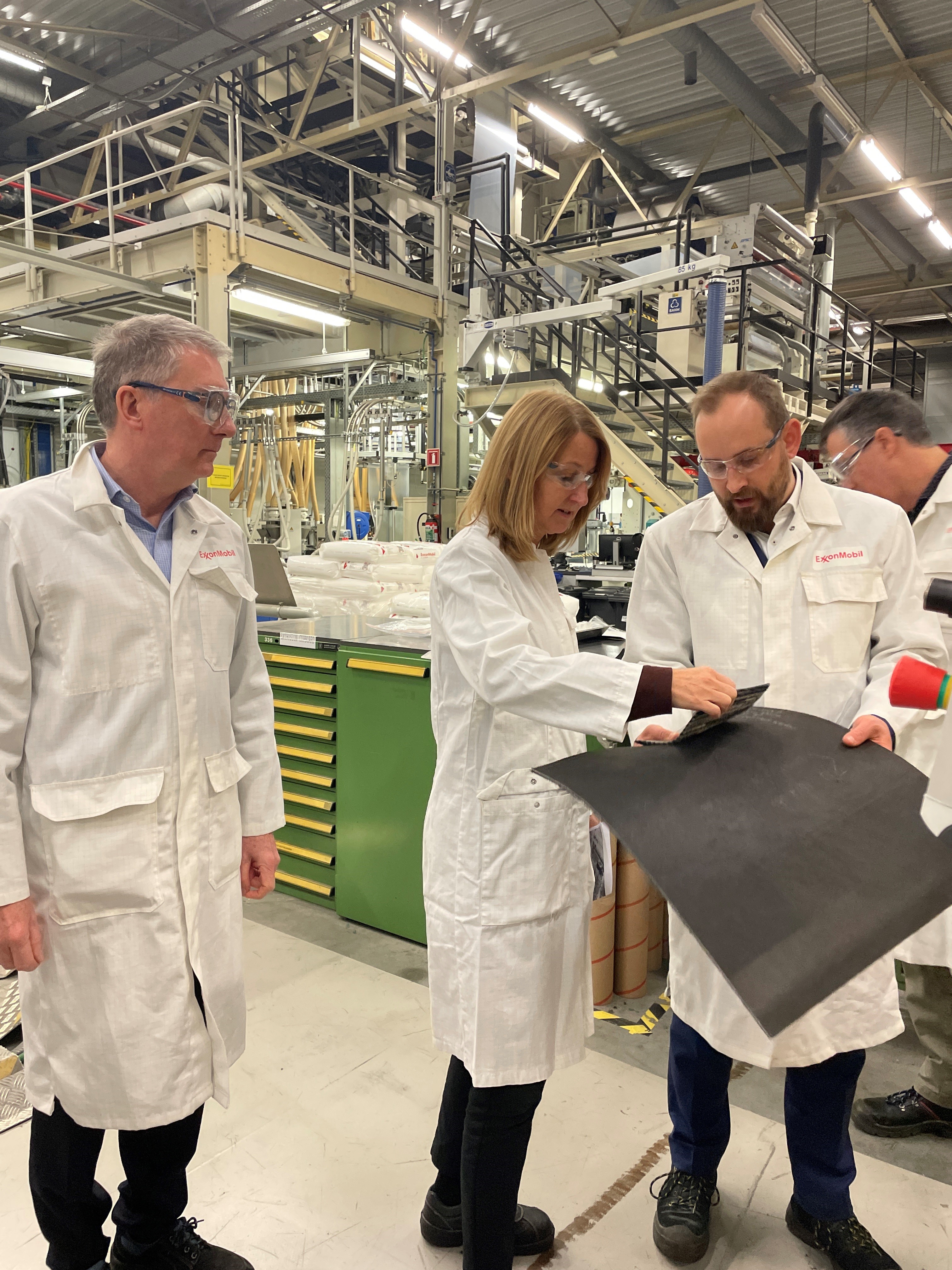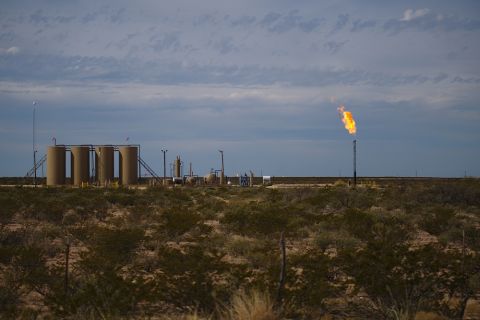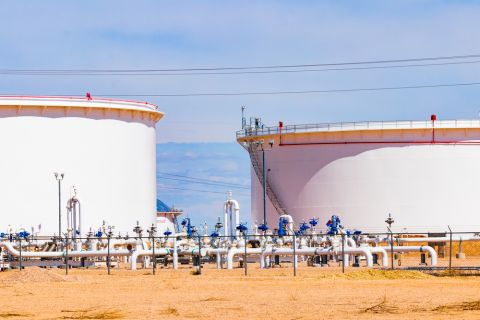What happens when you put a bunch of engineers and scientists together? Technology development “on steroids.”
One year after the supermajor integrated its technology and engineering functions to create the Exxon Mobil Technology and Engineering Co. (EMTEC), new and existing solutions are helping to optimize drilling and production operations, help the operator along its low carbon path and solve technology challenges in the company’s other business units.
EMTEC president Linda DuCharme told Hart Energy that the fresh approach has excited the technology and engineering specialists within the company. “We had a technology organization that supported our chemicals organization, another one for fuels and lubricants, another one for the upstream, another one that did research into new forms of energy,” she said. “The idea was, let's put all of that together, and let's also take all of our engineering capabilities and put that all together.”

The question was how to effectively bring all those different disciplines together, she said.
“The reason we had things separated in the past was because of that intimacy you get between the technical organization and the business itself,” she said.
Technical people were focused on technology for a business outcome — but balance was needed to manage the company’s technical capabilities more centrally.
“We've built … a bit of a matrix organization in order to achieve that,” she said.
A year later, she said, one of the most exciting things about EMTEC, which has an annual $1 billion R&D budget, was that the approach worked.
“You spend so much time designing an organization, and you have so much ambition for not just what you can achieve through the organization, but what the organization is going to be able to achieve,” DuCharme said.
The first year has paid off more than the designers could imagine, jumpstarting Exxon Mobil’s technology efforts.
“The opportunities that we have when you put a bunch of engineers and researchers all together is they collaborate and they help each other with challenges” rather than operating in silos, she said.
In one example, scientists were struggling with friction on a hydrogen-related technology. A similar problem had been observed in drilling operations.
“We were able to take people from our drilling organization and put them together with people in our process engineering organization, and they figured out how to solve the problem,” she said.
Collaborative efforts are now commonplace within EMTEC, with an intranet chat board encouraging collaboration.
“If somebody has a problem, they can post it on our internal intranet chat board and say, ‘Has anybody ever seen something that looks like this?’” DuCharme said. “One of the things you find about engineers and scientists is they love problem solving.”
EMTEC: always on
DuCharme is based in the Houston EMTEC facility, but company scientists and engineers are spread out globally: from Kuala Lumpur and Bangalore to Brussels and Shanghai. In addition, EMTEC collaborates with universities, energy centers and national labs around the world, she said.
And at the beginning of May, the Exxon’s IT organization folded into EMTEC.

“We have over 10,000 scientists, engineers and project managers across a range of disciplines, all over the globe, with a big footprint in Houston,” she said.
EMTEC teams have also been able to help better organize data to take advantage of advanced data sciences and machine learning to optimize production. They also use surveillance techniques that take data from the technical support centers around the world.
“We can have people working on that data 24/7 to identify where there are opportunities to optimize production,” she said. “We do the same thing in the upstream with our drilling data.”
For example, she said, the 24/7 data center looks at all the drilling data coming in from Exxon Mobil drilling operations — from the Permian Basin to offshore Guyana — to identify roadblocks to improving efficiency.
Exxon worldwide
When Exxon started developing its series of projects offshore Guyana, the supermajor committed to ensuring data would be accessible, she said.
“We put in high speed fiber to all of our FPSOs that allow us to bring 4G and LTE services, not just to our assets, but even to the drill ships and the support vessels in the area in Guyana,” she said. “Getting all of that data, we can take that data all the way to our tech center in Bangalore so that they can be looking at those data inputs and using some of that technology I talked about in order to optimize production and optimize recovery.”
In the past, data was “locked” in multiple applications, which hindered the industry’s use of the information.
“Now that we've been able to expose that data and put it in a common platform, we're now able to pull more insights out of that data that are helping us optimize production,” DuCharme said.
That effort, she said, was achieved through a combination of collaboration with external partners and some proprietary optimization engines developed by Exxon.

“One of the best values in our organization is actually keeping all the assets that we have in the world operating and operating efficiently,” she said.
In the past year, attention has been placed on upstream optimizing production drilling efforts, she said. EMTEC has focused on well spacing, development plans and drilling rates.
“Elsewhere in the upstream, the other focus area has been continuing to reduce our emissions,” she said.
Exxon has targeted 2030 to reach net zero emissions in its Permian operations.
“We've had a lot of innovations and applications of technology that help us make sure that we understand where our emissions are coming from,” she said.
Exxon uses a combination of satellite technology and sensor networks to identify methane emissions.
“That’s been a big focus for us, figuring out how to make sure that we have a very complete network of those sensors,” DuCharme said.
Recommended Reading
Early Startup of Trans Mountain Pipeline Expansion Surprises Analysts
2024-04-04 - Analysts had expected the Trans Mountain Pipeline expansion to commence operations in June but the company said the system will begin shipping crude on May 1.
TC Energy's Keystone Oil Pipeline Offline Due to Operational Issues, Sources Say
2024-03-07 - TC Energy's Keystone oil pipeline is offline due to operational issues, cutting off a major conduit of Canadian oil to the U.S.
Waha NatGas Prices Go Negative
2024-03-14 - An Enterprise Partners executive said conditions make for a strong LNG export market at an industry lunch on March 14.
Enbridge Fortifies Dominant Role in Corpus Christi Crude Transport
2024-03-20 - Colin Gruending, Enbridge executive vice president and president for liquids pipelines told Hart Energy the company’s holdings in South Texas are akin to a “catcher’s mitt” for Permian and Haynesville production.
Squashing Midstream: Lessons Learned as Sector Looks to Horizon
2024-04-08 - What does the next level look like for the midstream sector?




